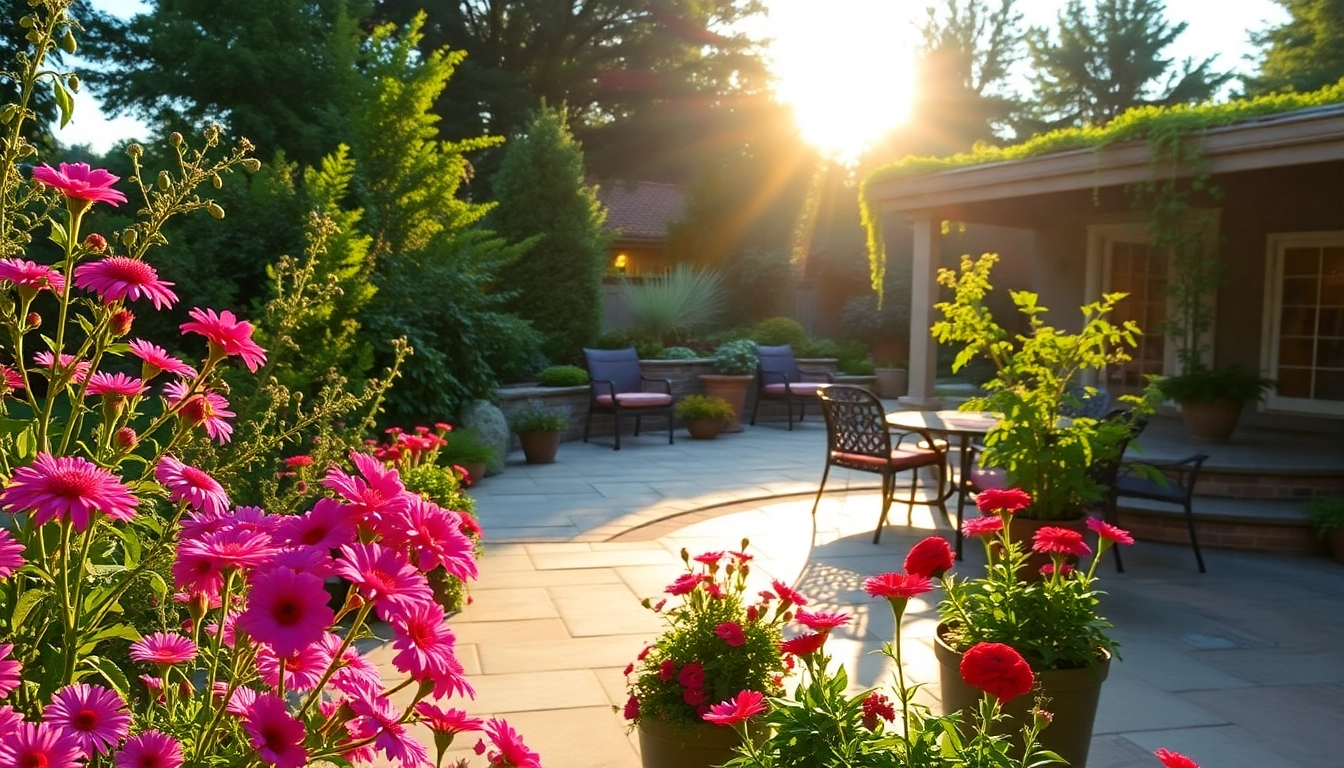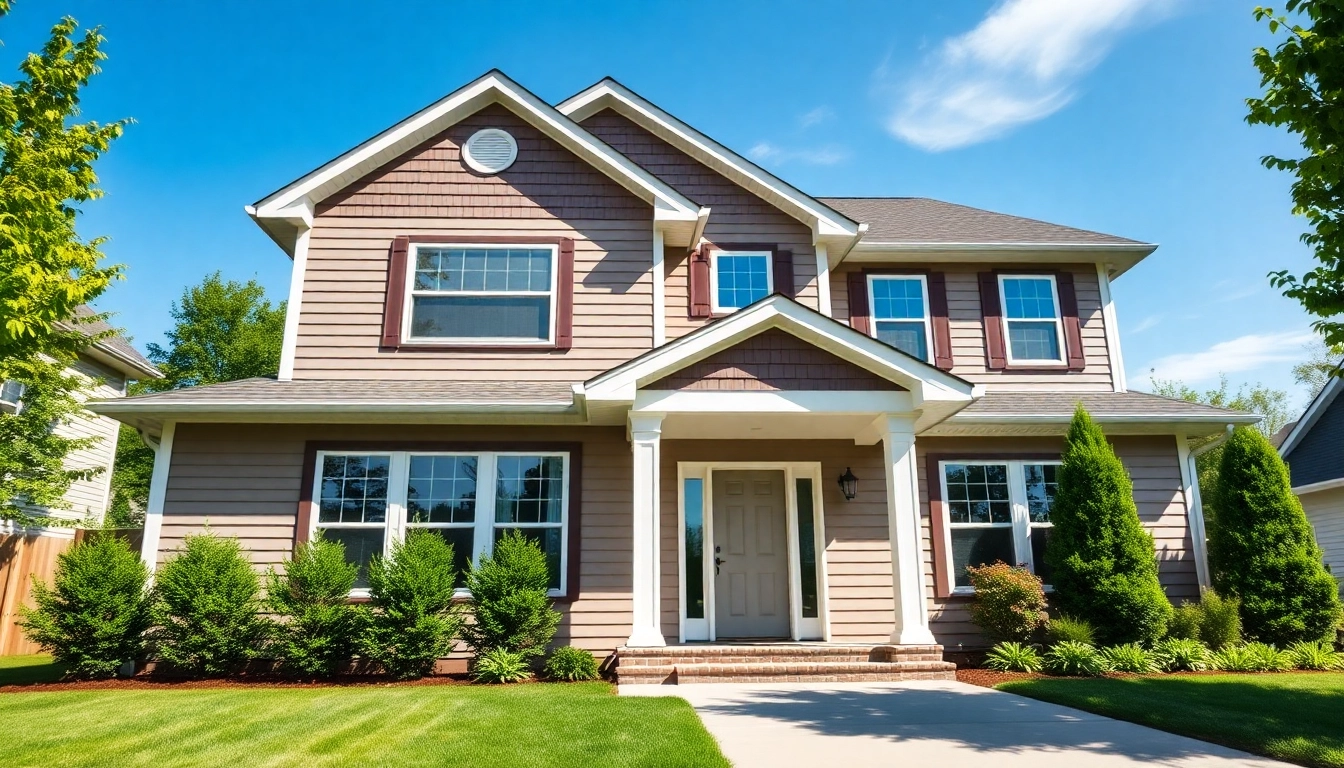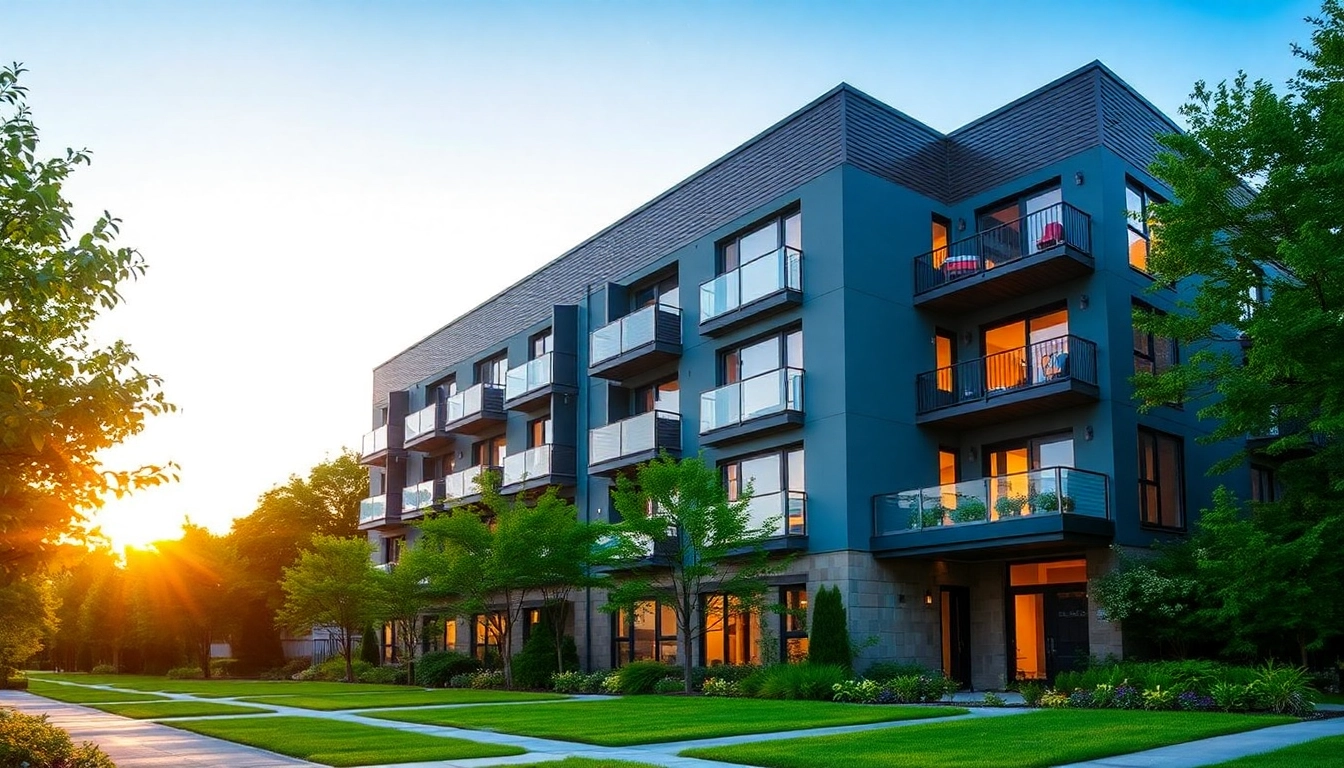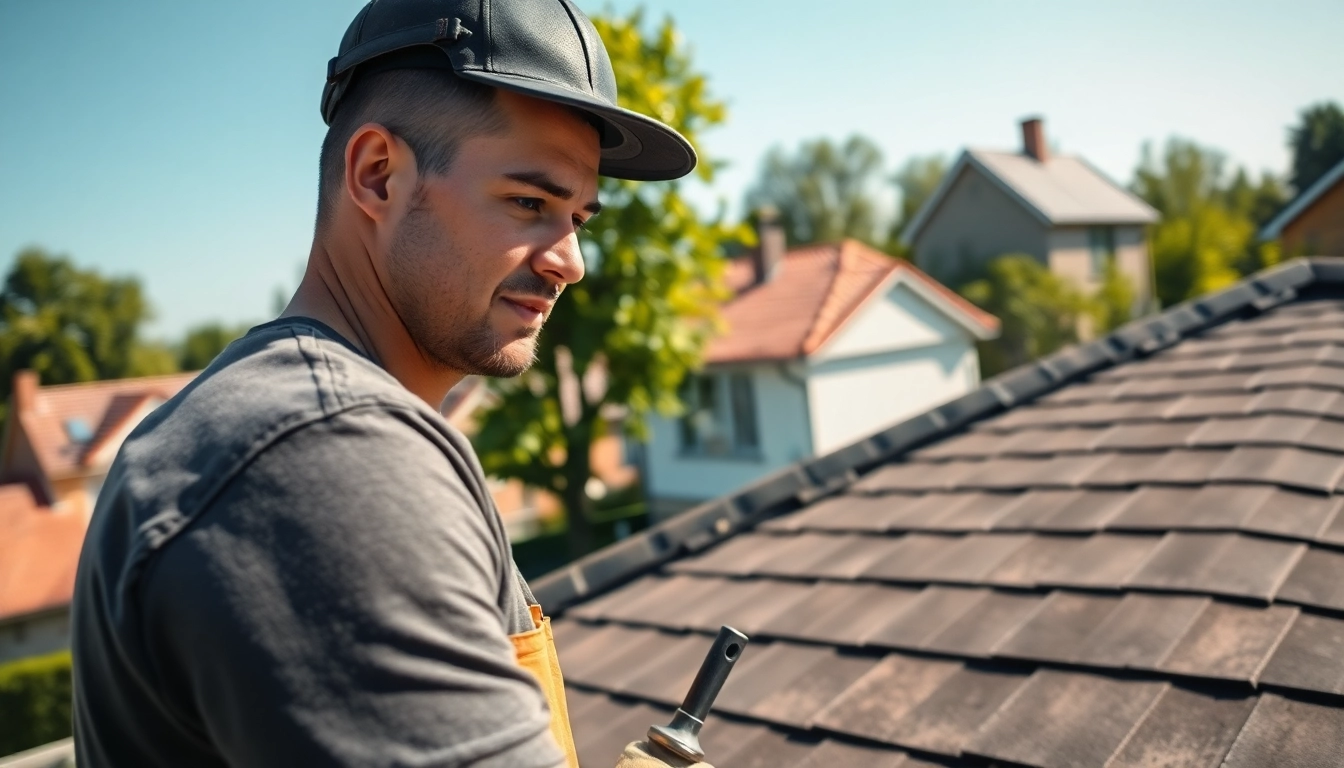Understanding Landscape Design Services
Landscape design services play a crucial role in transforming outdoor spaces, enhancing both their aesthetic appeal and functionality. Whether you’re looking to revitalize a small garden or create a sprawling estate, professional landscape design can help you realize your vision. Engaging a landscape design service ensures that you have a tailored plan to meet your unique needs and preferences.
What Is Landscape Design?
Landscape design is a multifaceted profession that encompasses artistic, environmental, and architectural elements to create functional and visually appealing outdoor areas. It involves the planning and managing of land resources through precise design, which may include features such as plants, trees, water elements, pathways, and built structures. This discipline considers various aspects, from topography and climate to human use patterns, ensuring that outdoor spaces are not only beautiful but also sustainable and functional.
The Importance of Professional Design
Hiring a professional landscape designer offers several advantages. Firstly, these experts have the training and experience necessary to craft designs that harmonize with the surrounding environment while addressing specific client needs. Moreover, a well-designed landscape can significantly increase property value and curb appeal, often adding up to 15% to the market value of a home. Professionals also understand the regional climate and can recommend native plants that thrive, improving the sustainability of your outdoor space.
How to Choose the Right Service for Your Needs
Selecting the right landscape design service involves careful consideration of several factors. Start by researching local providers, reading reviews, and examining their portfolios. Look for services that align with your design aesthetic and budget. Moreover, it’s important to schedule consultations where you can discuss your vision and gauge the designer’s expertise and communication style. Make sure to ask about past projects and any sustainability practices they employ, as eco-friendly design is an increasingly important factor.
Key Features of Successful Landscape Design
Essential Elements of Landscape Design
A successful landscape design incorporates various essential elements, including:
- Plant Selection: Choosing the right plants enhances the visual appeal and ecological health of the landscape.
- Hardscaping: This includes non-plant elements such as pathways, patios, and retaining walls, which provide structure and utility.
- Water Features: Adding water features like ponds, fountains, or streams can create a serene atmosphere.
- Lighting: Proper illumination highlights landscape features at night and improves safety.
All these elements must work in harmony to create a balanced and cohesive design.
Environmental Considerations in Design
Environmental sustainability is an increasingly vital aspect of landscape design. A well-designed landscape can manage water runoff, improve biodiversity, and promote ecological health. Designers often incorporate features like rain gardens, permeable paving, and native plantings to enhance environmental performance. Understanding local ecosystems and wildlife can also inform choices that support biodiversity and reduce maintenance needs.
Customization Options for Every Budget
Landscaping services can be tailored to fit various budgets. High-end designs often involve elaborate installations and exotic plant selections, while more economical options focus on practical solutions like native plants and minimal hardscaping. Many designers provide tiered packages that accommodate different financial capacities. The key is to communicate your budget constraints clearly with designers to find an optimal solution.
Step-by-Step Guide to Engaging Landscape Design Services
Initial Consultation and Needs Assessment
The first step in engaging a landscape design service is the initial consultation. During this meeting, you will discuss your vision for the space, specific functionalities required, and any preferences regarding aesthetics or materials. A thorough needs assessment will allow the designer to understand your lifestyle and how you want to use the outdoor space, tailoring the design for maximum utility and enjoyment.
Design Proposal and Feedback Process
After the initial meeting, the designer will create a proposal that typically includes a site analysis, conceptual drawings, and a preliminary plant list. This proposal is the chance for clients to provide feedback, ask questions, and make adjustments. Collaboration is key, and a successful landscape design will reflect the input and desires of the homeowner while being informed by professional insights.
Implementation and Follow-Up
Once a design is finalized, the implementation phase begins. This involves the execution of hardscaping and planting elements as per the approved design. Follow-up communication is crucial during this phase to address any issues that arise and ensure the project stays on track and within budget. Many landscape design services also offer maintenance packages post-installation to keep the landscape healthy and vibrant.
Cost Factors in Landscape Design Services
Average Pricing for Services Offered
The costs of landscape design services can vary widely based on location, project complexity, and the designer’s experience. On average, homeowners can expect to pay between $50 to $100 per hour for professional design services. Comprehensive projects—with extensive installations—can range from $2,000 for lesser-developed properties to $20,000 or more for elaborate designs.
Hidden Costs to Be Aware Of
While budgeting for landscape design, it’s important to consider hidden costs that may not be immediately apparent. These can include:
- Permit fees for significant modifications.
- Costs associated with site preparation, including excavation or grading.
- Maintenance costs following installation.
- Potential costs for plant replacements or additional elements that may be needed post-installation.
Clear communication with your designer about potential expenses can help mitigate unpleasant surprises.
Maximizing Value from Your Investment
To ensure you receive the greatest value from your landscape design investment, it is essential to prioritize quality over quantity. Professional designs are typically more cost-effective in the long run as they integrate smart landscaping solutions that reduce water use and maintenance. Selecting low-maintenance plants and incorporating features that enhance water retention can also yield savings. Finally, consider the long-term growth of plants and the evolving nature of the landscape, ensuring your investment matures beneficially over time.
Trends in Landscape Design Services
Current Trends Shaping Outdoor Spaces
As we progress through the 21st century, landscape design evolves with shifting societal and ecological priorities. Current trends include:
- Outdoor Living Spaces: Expanding patios, outdoor kitchens, and lounge areas are becoming integrated into landscape design, enabling homeowners to maximize outdoor enjoyment.
- Sustainable Landscaping: Practices like xeriscaping aim to create water-efficient landscapes that thrive in arid conditions.
- Native Plant Usage: Emphasizing local flora supports ecosystem health and wildlife habitats.
Sustainable Practices in Landscaping
Sustainable design practices are critical for reducing environmental impact while creating beautiful spaces. Techniques like composting, using organic fertilizers, employing rainwater harvesting, and minimizing chemical pesticide use all contribute to sustainability. Additionally, landscape designers are increasingly advocating for edible gardens, integrating fruit trees, vegetables, and herbs into residential landscapes.
Technology Integration in Design Services
The incorporation of technology in landscape design has revolutionized the industry. Tools such as Geographic Information Systems (GIS), drones for aerial site surveys, and advanced software for visualizing designs in 3D enable designers to provide more accurate and effective results. Furthermore, smart irrigation systems can be integrated to optimize water use based on weather conditions and soil moisture levels, enhancing sustainability and resource efficiency.



